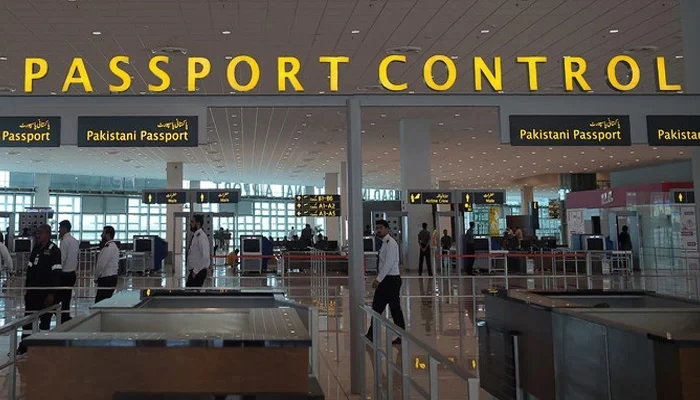Pakistan has seen transformative developments in immigration policy this summer. On 15 July, the United Kingdom officially launched e‑Visas for Pakistani students and work‑permit holders, replacing physical visa stickers with digital status linked to individuals’ passports via UKVI online accounts—a move lauded for its convenience and enhanced security.
Domestically, the Pakistan Airports Authority (PAA) finalised plans to install automated biometric e‑gates at Islamabad, Lahore, and Karachi airports. Developed in collaboration with German firm M2P Consulting, the rollout over the next two years promises frictionless arrival and departure processing while aligning with ICAO standards.
Yet amid digital progress, the plight of Afghan refugees in Pakistan continues unabated. Thousands, including SIV‑approved applicants, remain stranded after a U.S. resettlement freeze. With flights cancelled and legal status in Pakistan expiring owing to monthly visa extension costs, many live in precarious conditions and fear deportation.
Regionally, the Gulf Cooperation Council announced a unified GCC tourist visa, expected by late 2025. This e‑visa will allow entry to all six Gulf nations—including Saudi Arabia and the UAE—with one permit, significantly easing short‑term travel for Pakistani tourists and families.
In response to Saudi regulatory shifts, Islamabad welcomed a 30‑day grace period for Pakistani nationals who overstay in Saudi Arabia—allowing exit without fines, thus providing relief to expatriates caught in administrative delays or awaiting renewal.
These concurrent developments mark a pivotal moment in Pakistan’s immigration landscape: while digital transformation simplifies legal migration pathways, unresolved refugee crises and evolving Gulf visa frameworks highlight the complex terrain facing travellers and policymakers alike.


